§ It’s the week of Book Expo/Book Con, the latter of which could possible be called “sitcom co-star with a new book con” but that’s how it goes. Anyway, I’ll be at both events pretty much non stop so may not have as much time as I’d like to be posting, but the Elite Beat Operatives will be around to help out, so keep those cards and letters coming.
Anyway here’s a few little newsy notes:
§ Vulture’s Abraham Riesman has just completed another one of his “hero histories” and this time its The Secret History of Ultimate Marvel, with quotes from just about all the main players.
“When I got hired, I literally thought I was going to be writing one of the last — if not the last — Marvel comics,” says now-legendary comics writer Brian Michael Bendis, who wrote the first comic of the Ultimate line and will be writing the final one, too. When he wrote that first issue in 2000, the once-venerable Marvel was in chaos. “It’s so the opposite now, that people don’t even know.”
Here’s some context to understand the red-alert disaster the comics industry had become by the eve of the Ultimate experiment. In 1993, annual combined comics sales across all publishers had been close to a billion dollars; in 1999, that same number was a microscopic $270 million. In 1989, Batman was the most-talked-about movie in America; by 1999, the disastrous Batman & Robin had squirted a stink on the very idea of a cinematic comic-book adaptation. Marvel especially was feeling the burn: It went through a humiliating Chapter 11 bankruptcy in the late ’90s, saw wave after wave of layoffs, and executive leadership was shuffled every few weeks. In 1999, after years of comics-publishing dominance, the company lost its top spot in industry market share and watched its rival, DC Comics, take the throne.
The Ultimate line kicked off the whole “reboot for a day” or a month or a year or whatever world we live in now. It’s basically kind of what Julius Schwartz did with the Silver Age Flash back in 1958, and we’re having a sort of thing again at both companies. Anyway, get ready for the new day by looking back, because those who do not remember the past are doomed to repeat it and also have to look up what happened on Wikipedia.
§ A little bit more con fatigue? Wizard World Albuquerque, which had been planed for June 19-21, has now been pushed back a year to June 24-26, 2016. The show had only been announced at the beginning of April, bringing an existing Albuquerque event under the Wizard brand, but it was slated for the same weekend as Wizard World Comic Con Sacramento. The double booking for Wizard staff and very late start in promoting the show are the reasons for rescheduling. Refunds will be automatically issued to those who had already purchased admissions, photo ops and autographs, and people who brought tickets for 2015 will be admitted for free to the 2016 event.
§ The Denver Comic Con was held over the holiday weekend, with announced attendance of 101,500, up from 86,500 in 2014. Early reports indicate that the crowd was handled pretty well unlike past years where there were epic waits to get in. Sounds like it was a fun show, except for one tiny kerfuffle:
This is happening at #DCC2015. Let's see how this ALL MALE panel about women in comics goes #noneofthismakesanysense pic.twitter.com/hQZhfFc0CQ
— Christy (@GeekChristy) May 23, 2015
Janelle Asselin unpacks that here.
§ Some folks analyzed a year of New Yorker cartoons WITH CHARTS AND GRAPHS and found that most of them concern white dudes, the default human for all humor, laughter and storytelling in US society.
Out of 1,810 total characters, 1,277 (about 70.6 percent) were male, and 1,714 (94.7 percent) were white. As Michel notes, this is similar to the under-representation of non-whites in newspaper comics (which have about 2 to 4 percent non-white characters) and worse than children’s books (which have 5 to 10 percent).
While this is no surprise, gender roles were pretty stereotyped in that Henny Youngman, 20th century way. “Women are most often parents, assistants, or spouses.”
§ However this is changing. Deborah Vankin reports for the LA Times that even animation students at CalArts are increasingly female:
Maija Burnett scanned her California Institute of the Arts classroom as nearly 60 new students filtered in, empty notebooks in hand. It was the start of the 2014-15 school year, and Burnett, director of CalArts’ character animation program, was meeting this crop of freshmen for the first time in her largest classroom, nicknamed “the palace.”
Surrounded by walls painted entirely black — more conducive to drawing — the students stood up, one by one, to introduce themselves. That’s when it hit Burnett that almost all of them were women.
“Where are all the guys?” she recalls thinking.
CalArts’ blind admissions process meant administrators had reviewed portfolios without considering names or gender. “We were shocked to see so many women,” Burnett says.
Let’s spell that out in NUMBERS:
When CalArts debuted its character animation program in 1975, it had just two female students. Today women make up 71% of its animation student body, and this month 16 women and 10 men graduated from the program. USC’s John C. Hench Division of Animation & Digital Arts is now 65% women.
Now THAT’S gender blind.


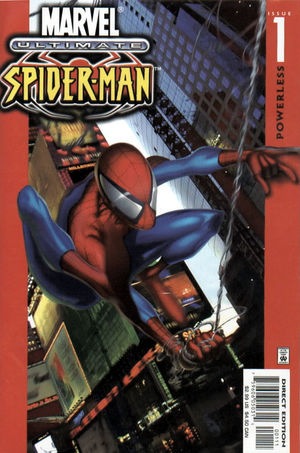
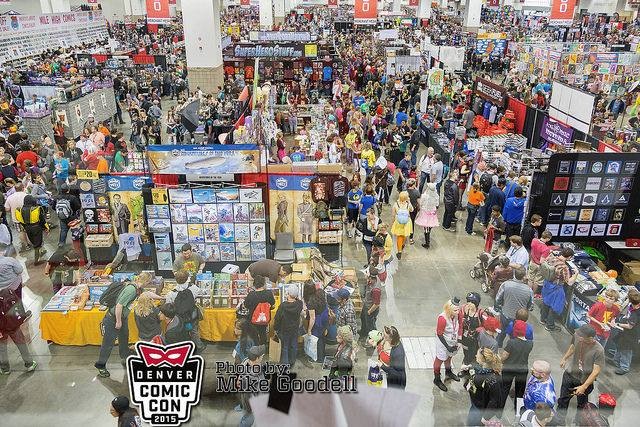
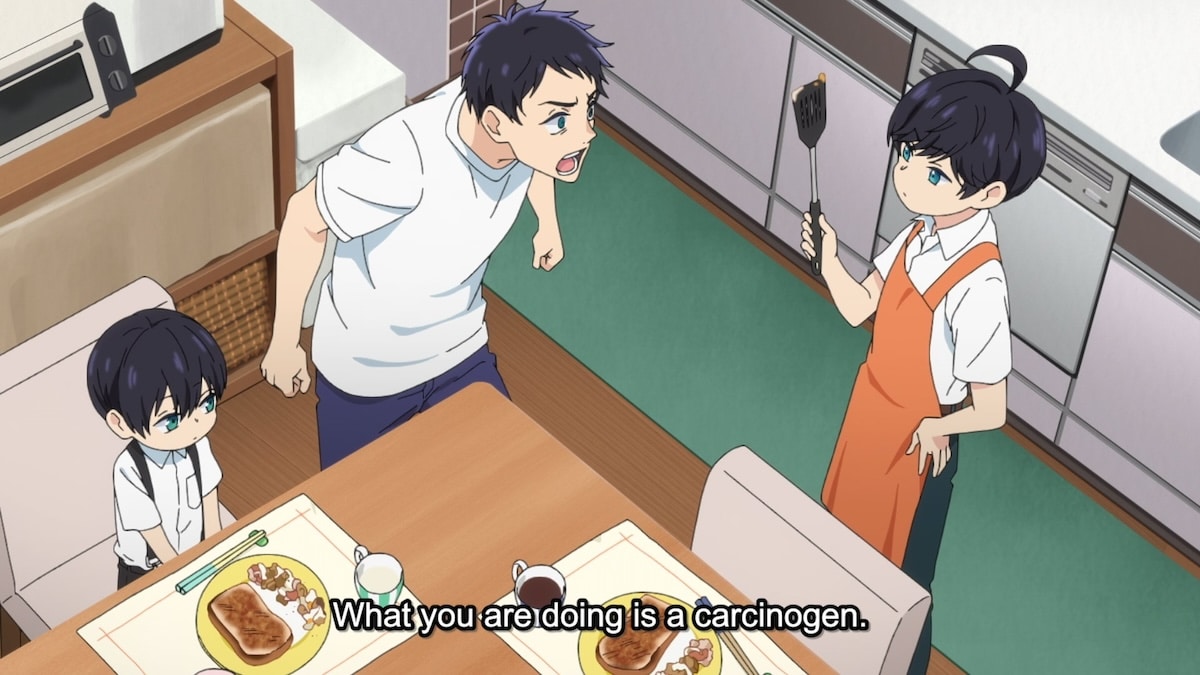
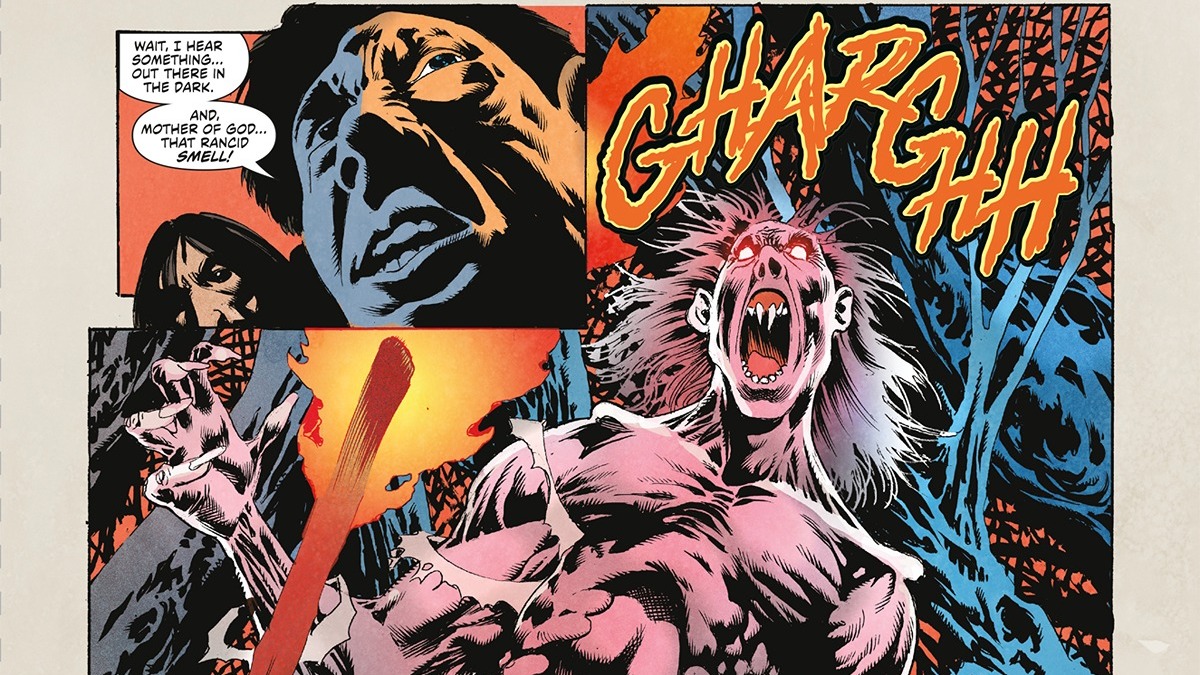
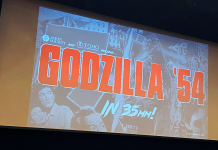


Re: Women in Animation:
“Dear Miss Ford, your letter of recent date has been received in the inking and painting department for reply. Women do not do any of the creative work in connection with preparing the cartoons for the screen, as that task is performed entirely by young men. For this reason, girls are not considered for the training school. The only work open to women consists of tracing the characters on clear celluloid sheets with India ink, and then, filling in the tracing on the reverse side with paint according to directions.”
http://www.cartoonbrew.com/disney/fact-checking-meryl-streeps-disney-bashing-speech-94380.html
The irony is that Disney helped facilitate the merger which created CalArts.
Comments are closed.